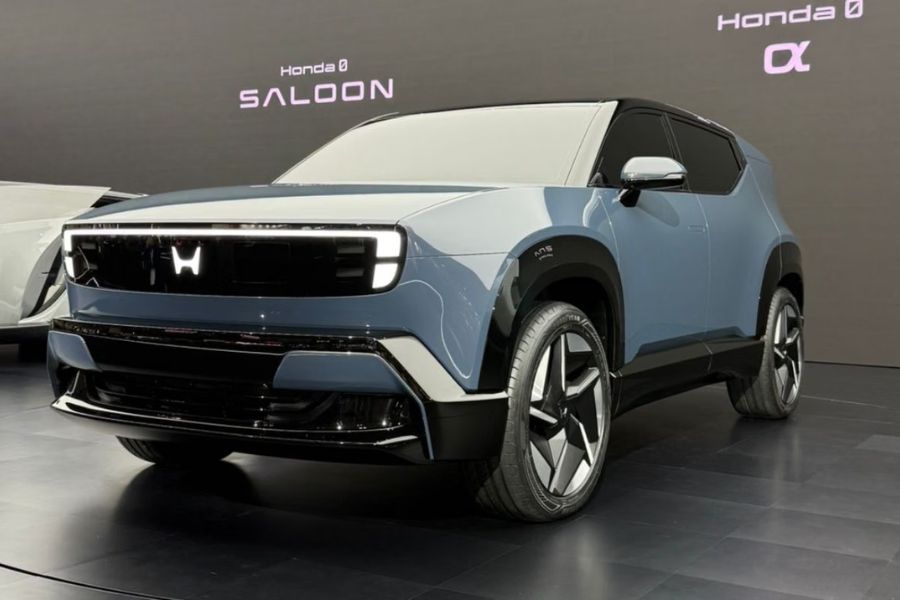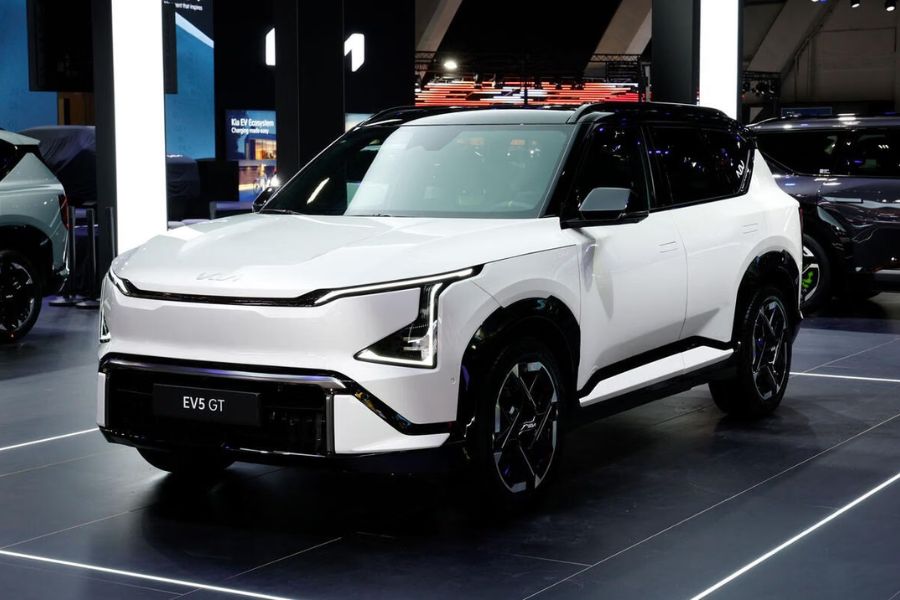Electric vehicle (EV) sales in India have shown a decline, as reported for June 2024. While total retail sales for two-wheelers, three-wheelers, passenger vehicles, and commercial vehicles increased by 16% year-on-year to 842,217 units in the first half of 2024, the monthly figure for June dropped to 108,742 units—the lowest since July 2023.
EV Sales Breakdown for January-June 2024
- Two-wheelers: 483,998 (up 11% from 435,703 in 2023)
- Three-wheelers: 307,404 (up 25% from 246,850 in 2023)
- Passenger vehicles: 40,663 (up 21% from 33,706 in 2023)
- Light passenger vehicles (PVs): 4,544 (down 10% from 5,047 in 2023)
- Buses: 1,944 (up 118% from 893 in 2023)
- Heavy goods vehicles: 126 (down 46% from 234 in 2023)
- Light goods vehicles: 3,467 (up 407% from 684 in 2023)
- Others: 71 (down 81% from 375 in 2023)
- Total: 842,217 (up 16% from 723,492 in 2023)
A total of 5,562 all-electric cars and SUVs from brands such as Tata, Mahindra, MG Motor, Mercedes, BMW, and Audi were sold in June 2024. This figure represents a 16.27% drop from the previous month and a 20% decline from June 2023. These vehicles made up slightly over 5% of the total EV sales for the month. However, in the first half of 2024, electric passenger vehicle sales increased by 21% year-on-year to 40,663 units, comprising 4.82% of the total EV market.
June 2024 EV Sales by Segment
- Two-wheelers: 53,151 (48.87% share, down 17% from May 2024, up 15.27% from June 2023)
- Three-wheelers: 49,186 (45.23% share, down 6% from May 2024, up 2.14% from June 2023)
- Passenger vehicles: 5,562 (5.11% share, down 16.27% from May 2024, down 20% from June 2023)
- Light PVs: 335 (0.3% share, up 172% from May 2024, down 66.83% from June 2023)
- Buses: 129 (0.12% share, down 47% from May 2024, down 37% from June 2023)
- Heavy goods vehicles: 3 (0% share, down 90% from May 2024, up 50% from June 2023)
- Light goods vehicles: 372 (0.34% share, up 31% from May 2024, up 91% from June 2023)
- Others: 4 (0% share, down 85% from May 2024, up 33% from June 2023)
- Total: 108,742 (down 12% from May 2024, up 5.95% from June 2023)
Impact of Policy Changes
The largest segments, electric two- and three-wheelers, have felt the impact of the withdrawal of the FAME II subsidy scheme on March 31, 2024, which had already been reduced in June 2023. Consequently, companies raised prices, affecting sales. These two segments represent 94% of total EV sales, with 791,402 units sold in H1 2024—57.46% were electric two-wheelers, and 36.49% were electric three-wheelers. Electric buses and goods carriers (heavy and light) accounted for a combined 0.65% share, with 5,537 units sold.
In mid-March 2024, the FAME II scheme was replaced by the Electric Mobility Promotion Scheme (EMPS), which runs from April 1 to July 31, 2024, with a total outlay of Rs 500 crore. EMPS aims to support the purchase of 372,000 EVs, including 333,000 two-wheelers and 38,828 three-wheelers (L5 category).
The Indian automotive industry is hoping for an extension of the EV subsidy to maintain demand and facilitate the transition to electric mobility. Industry leaders are optimistic about the potential introduction of new subsidies and incentives under a proposed FAME 3 scheme. On June 11, FADA President Manish Raj Singhania expressed this sentiment, stating that the automotive industry is eagerly anticipating the announcement of FAME 3 by the new government. He believes that new subsidies and incentives under FAME 3 will significantly boost EV sales and increase their market share.
Read More:




